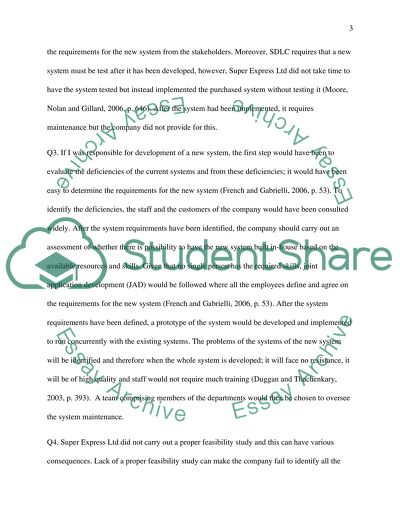Cite this document
(“System development life cycle: The case of super express LTD Essay”, n.d.)
Retrieved from https://studentshare.org/finance-accounting/1455962-system-development-life-cycle-accounting
Retrieved from https://studentshare.org/finance-accounting/1455962-system-development-life-cycle-accounting
(System Development Life Cycle: The Case of Super Express LTD Essay)
https://studentshare.org/finance-accounting/1455962-system-development-life-cycle-accounting.
https://studentshare.org/finance-accounting/1455962-system-development-life-cycle-accounting.
“System Development Life Cycle: The Case of Super Express LTD Essay”, n.d. https://studentshare.org/finance-accounting/1455962-system-development-life-cycle-accounting.


